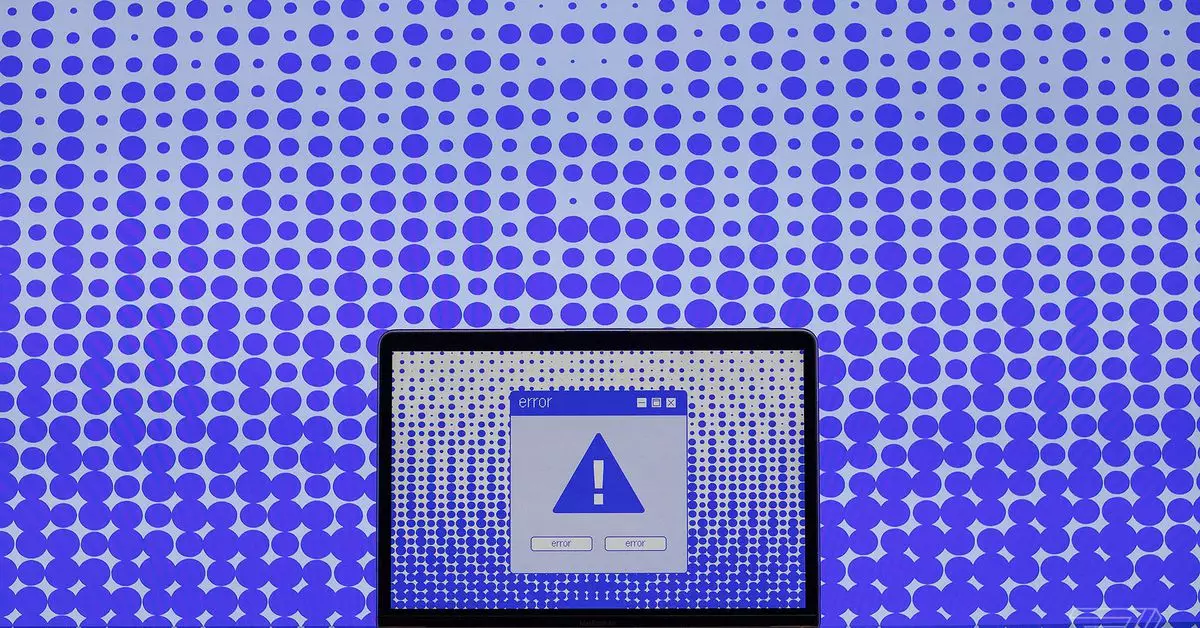Earlier this week, a significant cyberattack targeted the Internet Archive, a substantial repository of digital content that includes the widely used Wayback Machine. As a result of this attack, the organization faced a major disruption, compelling it to temporarily take its services offline. Brewster Kahle, the founder of the Internet Archive, reassured users that recovery efforts were underway, estimating a resumption of services within days rather than weeks. This incident raises awareness of vulnerabilities in digital libraries and the broader implications for the preservation of information in an increasingly digital world.
The cyberattack not only affected accessibility but also resulted in a substantial data breach, compromising the information of over 31 million unique email addresses. The stolen data included sensitive details such as email addresses, screen names, and timestamps related to password changes, prompting significant concern among users. The immediate response from the Internet Archive involved taking all services offline, which underscores the gravity of the situation. This precautionary measure indicates that the organization prioritizes user security and data integrity over immediate access to its extensive archives.
In the wake of the breach, the community’s reaction has been a mixture of concern and support. Tech experts like Troy Hunt, founder of the popular service “Have I Been Pwned,” confirmed receiving a file that allegedly contained the stolen data. Such verification serves not only as a warning to users but also as a prompt for them to check their own security status. The awareness generated by this incident is crucial, as it highlights the importance of digital literacy and proactive measures individuals should take to safeguard their information online.
The ramifications of this cyberattack extend beyond the immediate recovery efforts of the Internet Archive. It poses critical questions about the security protocols in place at digital libraries and the broader implications for digital preservation. As these institutions hold vast amounts of information that is increasingly vital in our digital age, the pressure on them to enhance cybersecurity measures is paramount. This can encourage a collective reevaluation of the frameworks that support digital preservation, ensuring that similar incidents are less likely in the future.
In Kahle’s message, he highlighted that the data itself remains secure, indicating that while the organization is taking its time to strengthen its services, the integrity of the content has not been compromised. This incident illustrates that while the digital landscape can be fraught with risks, organizations like the Internet Archive are committed to resilience and recovery. The challenge now lies in not only restoring access but also in fortifying security measures to protect the invaluable resources that hold the keys to our collective knowledge. As users await the return of the Internet Archive, this event serves as a critical reminder about the vulnerability of digital infrastructures and the ongoing need for vigilance in the digital age.

